the Highlights of the Sacred Valley
Pisac Ruins
The ruins of the fortress at Pisac are stunningly beautiful and among some of the most interesting found in Peru. Historians and archaeologists theorize that Pisac was a defensive compound set up to serve against the Anti-Indians, who held lands east of Cusco and were the enemies of the Incans.
Throughout the complex, you will find several areas. For example, Qanchisracay, a small compound of rough stone buildings, can be outside the main walled complex. It is still being determined what the site was used for. Still, scholars believe it served as a military garrison or housed local villagers in case of an attack.
From this point, the trail leads up the hill to a crossroads known as Antachaka. Four baths are found at these crossroads, with water brought in by duct. A cemetery known as Tankanamarka is located to the west. Grave robbers have largely looted this pre-conquest site. The Incas believed the dead could carry their possessions onto their next life. Often, due to this belief, bodies were buried with their treasures. It is estimated that there may have been up to 10,000 graves at the site at a specific time. The Spanish soon realized and exploited all the graves leaving only the holes.
An exceptional part of the Pisac ruins is the Temple of the Sun, an oval building built directly onto the rock. From the top of the building, Inca astronomers could track the movements of the sun, moon, and stars. There is also an altar that may have been used to sacrifice animals for divination purposes.
The ruins at Pisac are extraordinary and are worth the visit. Purchasing the Boleto Turistico gives you free access to the ruins and other sites in the Sacred Valley.
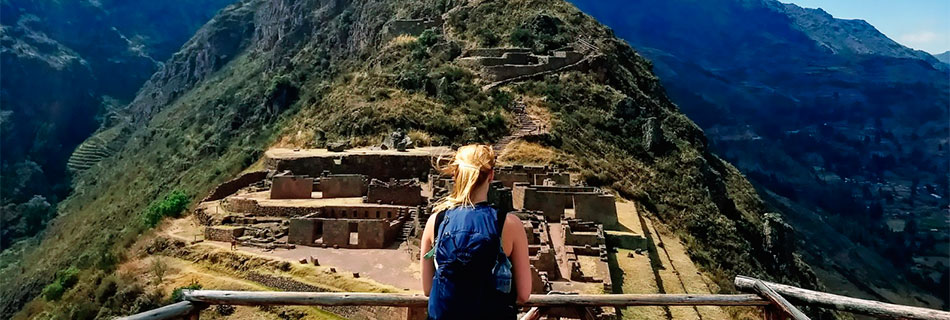
Pisac market & Pisac Village
The Pisac Market, located in the town of Pisac, is a beautiful and cultural place to explore and shop. Strewed with stands selling local ceramics, jewellery and alpaca goods, this market draws local merchants and tourists alike. The market can be found in Pisac's main square, with charming locals laying out their local fabrics, paintings, and knick-knacks.
Though merchants sell daily, the main days to head out to the market are Sundays, Tuesdays, and Thursdays. The market opens around 9AM, and vendors usually close up around 5 PM. Feel free to bargain, as sellers will give a starting price higher than its original value. However, prices are very reasonable, especially if goods are in bulk. If you are looking for higher quality, it is best to visit the local stores or the merchants' homes. The market lasts all day, with bright, beautiful colors and enticing smells that draw in tourists from all directions. Though the market is quite touristy, quaint cafes and local restaurants serve some of the best cuy in the area.
On Sundays only, campesinos from surrounding villages set up a barter market, or mercado de treque, an ancient Peruvian custom and an interesting example of the informal economies upon which highlanders depend. Quechuan-speaking Indians sit behind huge piles of potatoes, carrots, herbs, and other vegetables in one corner of the square. Not only can tourists partake in buying some souvenirs, but they can also delight in the fresh delicacies from the local area.
Visiting the Pisac Market is one of the highlights while traveling throughout the Sacred Valley. It can be reached by bus or taxi coming from Cusco. The distance from Cusco is about 1 hour by bus or a bit less by taxi. Buses leave every several minutes and cost a few 3 soles.
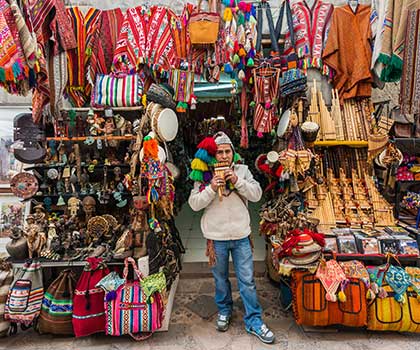
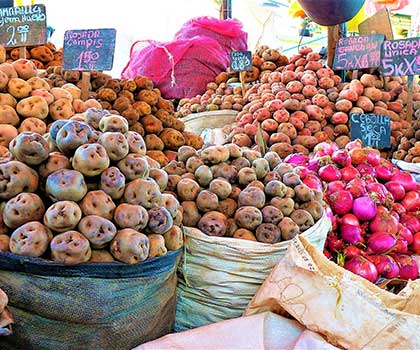
Ollantaytambo
The wonderful village of Ollantaytambo marks the end of the Sacred Valley before starting the humid valleys in the direction of Machu Picchu. Ollantaytambo was built on Urubamba River and the urbanization plan is directly from the Inca period. A part of Ollantaytambo, Araqama Ayllu, is across the Río Patacancha
Ollantaytambo Peru is arguably one of most beautiful towns in Peru and quite possibly one of the most overlooked, yet transited villages in South America – although lately the village is getting the credits it deserved. The foundations are intact and original from 500 years ago. The village is little and know as the “Living Inca town” since people still lives in houses. This is the best preserved urban organization in all Peru.
Ollantaytambo Temple
The archeological site in Ollantaytambo is very rich and well preserved; the temple was being constructed when the Spaniards arrived. Manco Inca later converted it into a fortress. There are about two hundred steps that lead up a double-jamb gateway and the Temple of Ten Niches. Above you can visit the unfinished Temple of the Sun, considered one of the masterpieces of Inca stonework. You can still see traces of the chacana symbols and pumas that once decorated the walls.
The amazing idea surrounding the ruins at Ollantaytambo is how they came to be. The Incas dragged boulders weighing up to 52 tons down the mountain, across the Rio Urubamba, along the valley floor and up the steep ramp to construct this magnificent creation.
At the base of the ruins you will see the Princess Baths: six fountains adorned with chacana symbols. These fountains were engineered in such a manner as to cause a whirlpool effect that allowed sediment to drop before the water continues over a delicately shaped spout.
The ruins are breathtaking and provide a beautiful view of the surrounding village and Andes Mountains.
Buses or colectivos to Ollantaytambo leave from the bus station in Urubamba; the trip takes about 15 to 20 minutes.
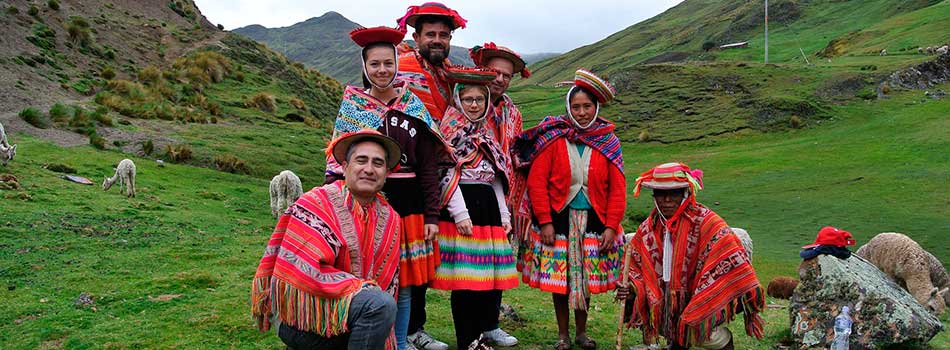
Moray
Moray, just outside the town of Maras and nearby Urubamba, is a fabulous but lesser visited Inca Site. There is circular terracing, which at first glance looks like a huge amphitheater and appears in the form of a giant bowl. There are two such bowls at Moray, one much larger and more restored than the other.
Stone stairs built into the terrace walls allow visitors to walk down to the very bottom level. The upward view is of all-encompassing, surrounding stone walls with the beautiful blue sky above.
The different levels of terracing each have their own microclimate that the Incas used to their advantage. They were thought to have used Moray as an area for testing the optimal growing conditions for their crops. With this information, the Incas could determine which areas were best for growing crops and where they should settle.
Moray is separate from the usual Sacred Valley circuit but makes an excellent half-day trip from Urubamba, Ollantaytambo - or Cusco with a tour or private transport. Due to its proximity to Salinas these two sites are best visited together.
Salineras
Salineras is just a short distance from Moray, making the two sites easy to visit in one day. Salineras are salt mines that have been in use since the time of the Incas. 5,740 small pools (pozos) line the mountainside, each of which can yield 150 kilos of salt per month. The pools are fed by a saltwater hot spring diverted into the salt pans. As the water evaporates, the salt crystallizes and is harvested. Maras is a beautiful place to visit and is usually pretty quiet. Fewer tourists are visiting this exciting site, making it a lovely outing.
You can reach Salineras by either hiking or approaching it by car from the top. The road in from the top is a narrow dirt road that winds its way down the mountainside. There are a few areas to stop along the way with great views out over the thousands of salt pools, giving some perspective on how huge this site is.
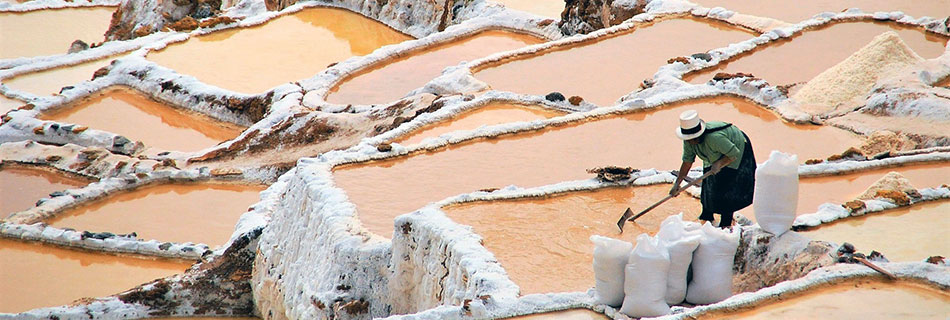
Chincheros
Chincheros is a small Andean village in the Sacred Valley, located on the plains or Pampas de Anta, about 30 kilometers from Cusco at almost 3800 above sea level, the highest point of the Sacred Valley. On the central plaza of Chicheros, you can visit the colonial church from the seventeenth century built upon the foundations of an Inca place. It is well worth a visit, with impressive religious and floral designs. The communities of Chincheros are famous for the dying techniques and textile works of the local communities.
Overlooking the Sacred Valley from Chincheros, you have beautiful views of the Cordillera Vilcabamba and the snowcapped peak of mountain Salkantay.
Aguas Calientes and Machu Picchu
Machu Picchu lays hidden from the world for many years thanks to its remote location and relatively inaccessible high up on a mountainside. The nearest town is Aguas Calientes, located down in the valley beside the Vilcanota or Urubamba River.
For more information about Machu Picchu and Aguas Calientes